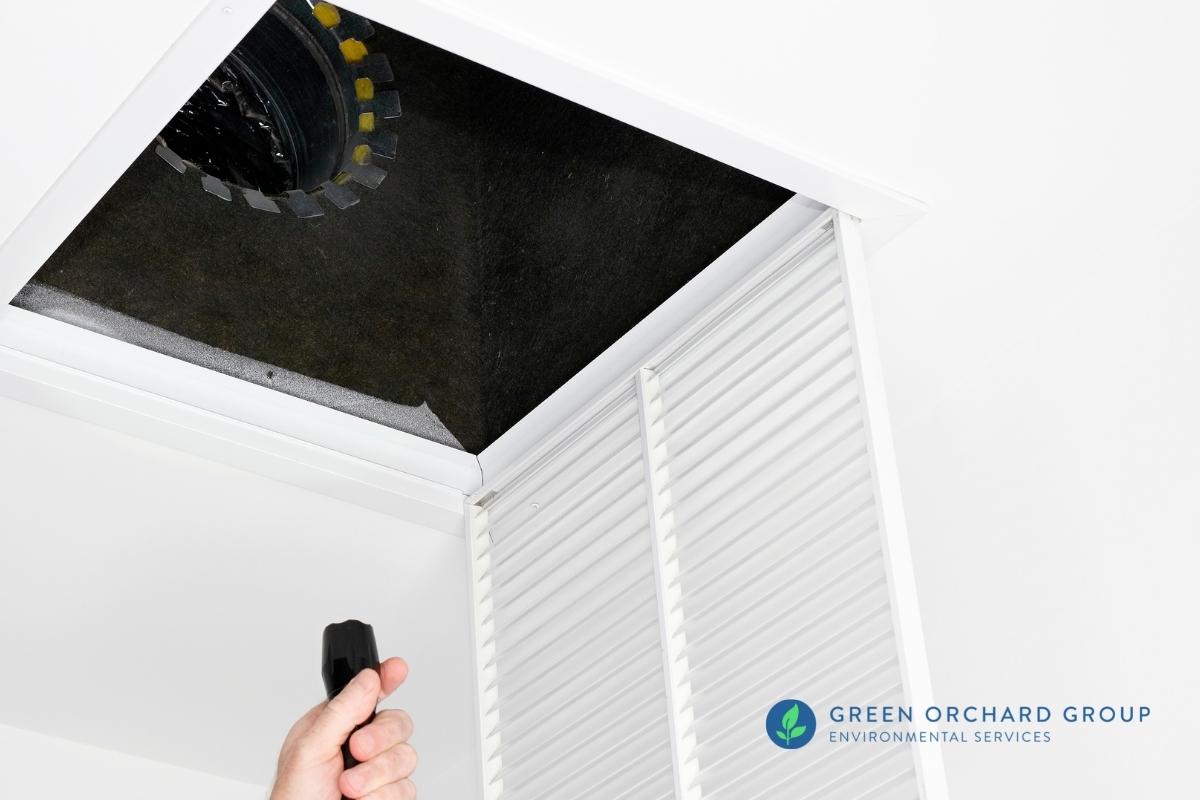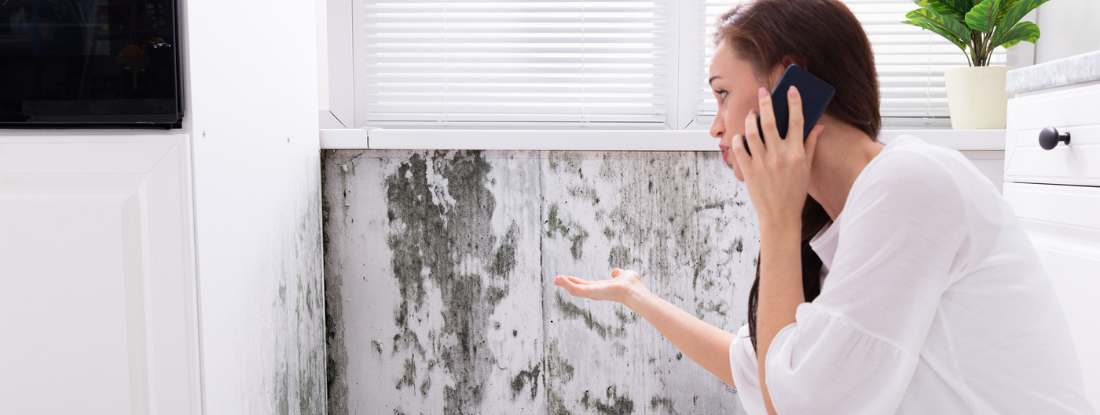Support on What to Do After Mold Remediation
Support on What to Do After Mold Remediation
Blog Article
Your Ultimate Guide to Post Mold And Mildew Remediation Methods
In the after-effects of mold problem, understanding exactly how to properly eradicate the mold and mildew and avoid its reoccurrence is extremely important for maintaining a healthy interior environment. From choosing the appropriate cleaning and disinfecting approaches to executing methods for lasting mold prevention, each step in the remediation trip plays an essential duty in ensuring a successful result.
Comprehending Post-Mold Removal Process
After finishing the mold removal process, it is crucial to recognize the post-mold remediation methods that are needed to make sure a reliable and comprehensive cleanup. Once the mold has been gotten rid of, the following step involves cleansing and disinfecting the impacted areas to prevent any type of regrowth of mold and mildew.
Moreover, carrying out a final assessment post-remediation is vital to make sure that all mold and mildew has been effectively eradicated. This evaluation needs to entail a thorough visual check in addition to perhaps air tasting to confirm the lack of mold and mildew spores in the air. Extra removal might be necessary if the assessment discloses any kind of lingering mold. Finally, informing residents on preventative actions such as regulating wetness degrees and without delay dealing with any type of water leaks can assist preserve a mold-free setting.
Efficient Cleaning and Disinfecting Methods

Stopping Future Mold And Mildew Growth

Value of Appropriate Ventilation
Appropriate ventilation plays a crucial duty in avoiding moisture buildup, an essential factor in mold development within indoor settings. Effective ventilation systems aid eliminate excess moisture from the air, decreasing the chances of mold and mildew spores finding the wetness they require to germinate and spread out. Without appropriate ventilation, interior spaces can come to be a breeding place for mold and mildew, resulting in possible health and wellness threats and structural damages.
By ensuring appropriate air blood circulation, ventilation systems can likewise aid in drying out moist areas more rapidly after water damages or flooding cases, additionally deterring mold and mildew development. Post Mold Remediation Report. Precede like restrooms, kitchen areas, cellars, and attic rooms where dampness degrees have a tendency to be higher, setting up and preserving reliable air flow systems is important in protecting against mold and mildew infestations

Surveillance and Upkeep Tips
Offered the important function that appropriate air flow plays in stopping mold and mildew growth, it is critical to develop reliable surveillance and upkeep pointers to make certain the ongoing capability of air flow systems. Tracking humidity levels within the building is additionally crucial, as high moisture can add to mold and mildew development. By remaining positive and mindful to the condition of air flow systems, building proprietors can successfully mitigate the risk of mold regrowth and keep a healthy and balanced indoor atmosphere.
Verdict
To conclude, post-mold remediation techniques are essential for guaranteeing a secure and clean setting. Comprehending the process, applying reliable cleaning and disinfecting approaches, avoiding future mold and mildew development, maintaining correct air flow, and regular surveillance are all vital steps in the removal process. By adhering to these guidelines, you can efficiently eliminate mold and avoid its return, promoting a healthy and balanced living or working space for all owners.
In the consequences of mold and mildew infestation, understanding how to properly get rid of the mold and stop its reoccurrence is extremely important for keeping a healthy and balanced indoor setting. When the mold and mildew has been websites gotten rid of, the next action includes cleansing and sanitizing the influenced areas to avoid any kind of regrowth of mold - testing air quality after mold remediation. After removing visible mold and mildew development, it is important to cleanse all surface areas in the affected area to get rid of any type of continuing to be mold spores. To even more improve mold avoidance procedures, it is essential to deal with underlying problems that originally led to mold and mildew development.Given the vital function that appropriate air flow plays in avoiding mold and mildew growth, it is important to develop efficient surveillance and upkeep pointers to guarantee the ongoing functionality of ventilation systems
Report this page